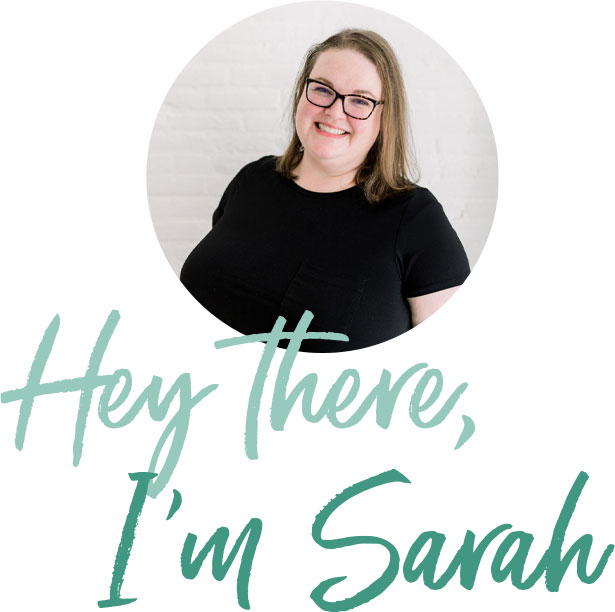17 Apr
How to Become an Organizational Ombuds with Dina Lynch Eisenberg [TFLP179]
In today’s podcast, Sarah is interviewing Dina Lynch Eisenberg, organizational ombuds with an interesting journey through her career. As a former lawyer, she understands the struggles of that profession and has found a way to utilize her skills to build a business. The conversation covers the different paths she took after leaving the law. Plus, she dives into exactly what she does for work now as an organizational ombuds. It’s a great conversation for any former lawyers considering HR roles and anyone looking to learn more about what’s out there.
A Patchwork Career From Lawyer to Mediator to Ombuds
Dina spent five years as a lawyer who prosecuted doctors for sexual misconduct. The job was hard, but she felt she was doing some incredibly important work. Listening to the stories told repeatedly about people looking for help to solve a problem and ended up facing a larger problem was emotionally exhausting. Dina felt her clients’ emotions and became sick with the constant exposure. Once she reached five years, she knew she needed to move on.
The next stop on Dina’s career journey was mediation. She worked in all different areas and absolutely loved it. Each day was a new challenge and something that she could learn more about. In addition to helping individuals, Dina worked with small businesses to resolve disputes, leading to working with larger companies.
The Bank of Boston had used Dina’s services to help train their senior leadership team with executive coaching and conflict resolution. The company was acquired after four works of their partnership, and they wanted their own ombuds, so they asked Dina.
Since then, Dina has been serving as organizational ombuds for organizations of all sizes. From small eight-person teams to global leaders. Most recently, she’s been serving as the global head of ombuds for Twitter to develop their ombuds program. She has a business that works with prospective ombuds to help them develop and grow their practice. And Dina runs her own advisory firm to help companies decide if an ombuds is a good fit and build an effective program within their organization.
What is an Ombuds?
If you’re reading this and you find yourself asking exactly what an ombuds does, you aren’t alone. The position has only been around since the 1960s and only started getting some traction from large companies in the 90s. Even today, there are only about 3,000 nationwide, but it’s gaining momentum.
Dina’s 10-year-old son described his mom’s work to a friend in a way that Dina sometimes uses. He compared it to a child who does something they know they shouldn’t have done and tries to figure out what to do next, so they find their mom to ask. Dina’s role as an ombud is like being that mom to grown-ups. A technical definition is someone who assists individuals and groups in resolving conflicts or concerns. An organizational ombuds is a neutral third party hired by an organization to provide an informal, independent, and confidential resource for employees who need or want to share their concerns and issues or get some guidance.
Organizational ombuds help bring systemic concerns to the attention of the senior leadership in a way they can understand and help to resolve. The role is also important to help ensure the company culture is aligned throughout the organization.
Differences Between Lawyers, Mediators, and Ombuds
Dina reflects on certain things she had to unlearn after being a lawyer and moving into mediation. The profession of lawyers glorifies toughness, but it’s important to take care of yourself. You won’t be able to help others without caring for yourself. When mediating, you’re not moving the conversation like you would as a lawyer, you’re facilitating others doing that. Lawyers like concreteness and facts. Moving into a mediator role, you must learn to be OK with ambiguity
If former lawyers discover that they are conflict-averse, mediation might not be for them. Dina looks at it a bit differently. She views her role as a mediator as being in the middle of the solution, not the middle of the conflict. The clients’ conflict is their conflict, not hers. Her job is to help identify information that’s going to be helpful in finding a solution.
The role of an ombuds utilizes many of the same conflict resolution skills as a mediator. You have to learn to find the small things that people might miss with their emotions on the way. The information needs to be reported in a way that will drive change. Using the research skills from law school, Dina can pay attention to details and read people to help find solutions that will work.
The Future of Organizational Ombuds
Dina spends her time now split between helping organizations and aspiring ombuds. She’s helping build programs that will successfully support ombuds in the future and ensure that companies maximize the benefits. Not all cultures and structures can support this role in an organization.
Most ombuds today are internal employees hired by the company. Dina is an outsourced ombud and works on a freelance basis. Her work ranges from sharing employee experiences with leaders to reviewing learning and development programs. Both internal and external ombuds positions can be incredibly beneficial to a company that uses them effectively.
Dina believes that ombuds should be part of a company’s C-Suite. Companies with 250 employees or more should definitely have an ombuds program because, with that number, it becomes impossible to convey the company culture without passing through multiple layers. Ombuds help to ensure consistency with the messaging. Law firms would greatly benefit from ombuds programs but are typically late to adopt organizational trends. The more companies that understand the role and figure out how to benefit from it, the better off the workplace culture will be for employees of all levels.
Final Words of Advice
If you are considering a career path like Dina’s, it’s good to have some background in mediation. Negotiation skills are also incredibly important. Dina loves to chat with anyone considering this role, so connect with her. Her website is ombudsology.com. You can also sign up for the Guided Track. You’ll work with a small group of other former lawyers and access tons of resources.



